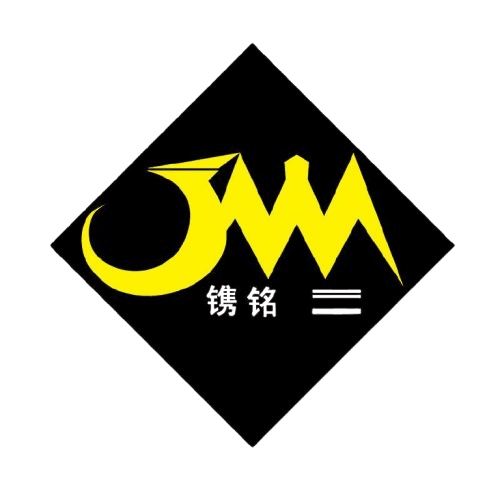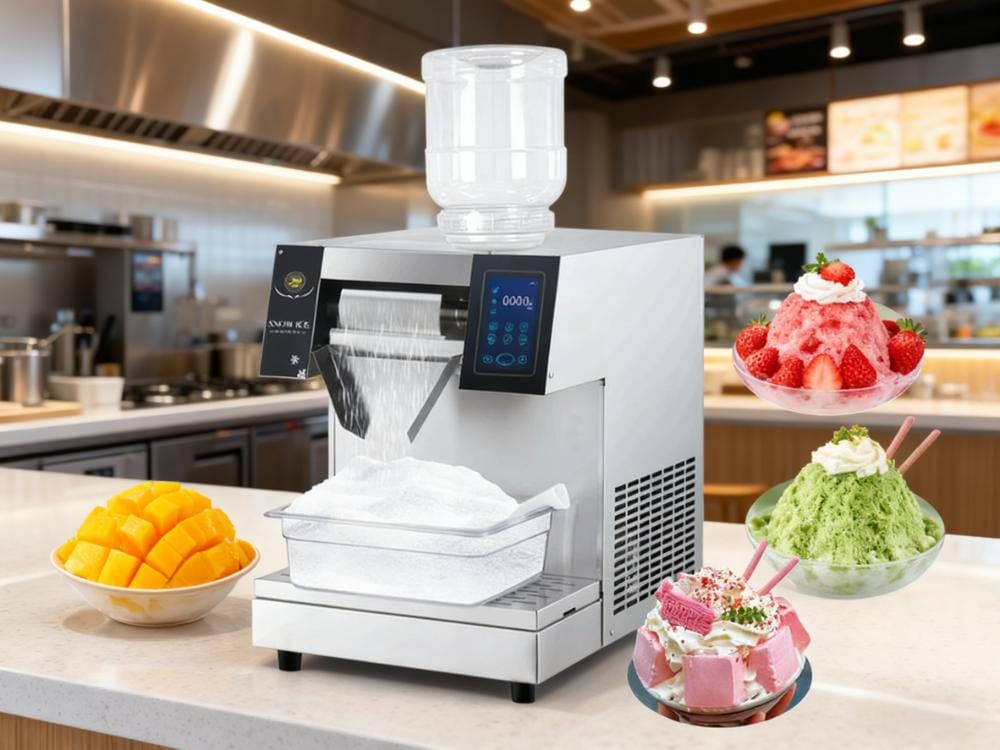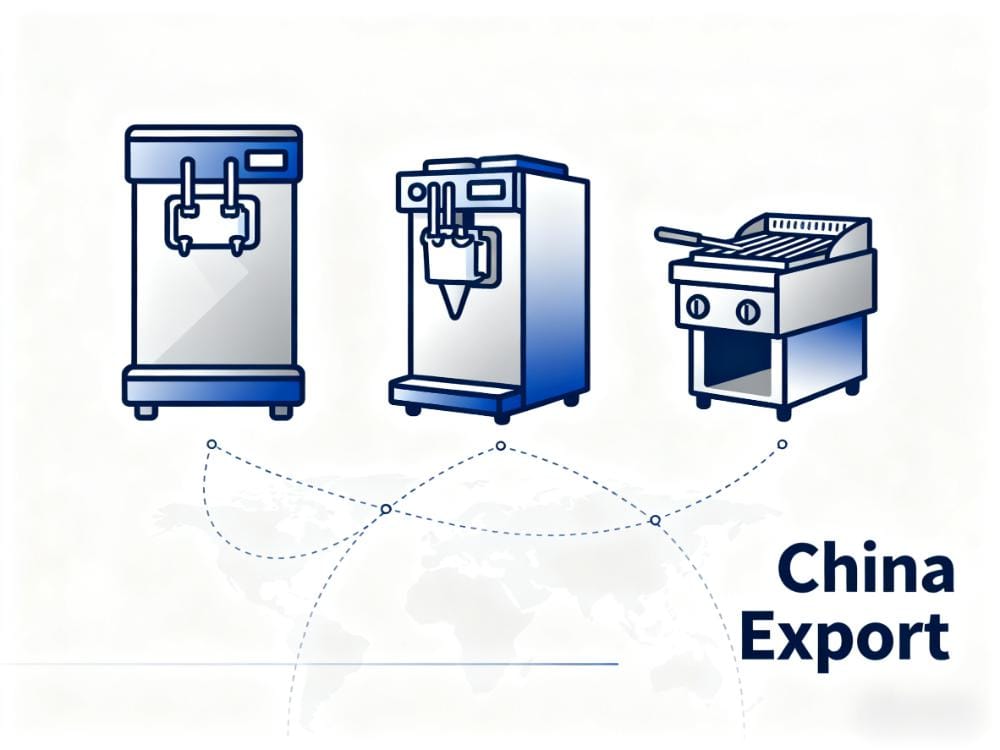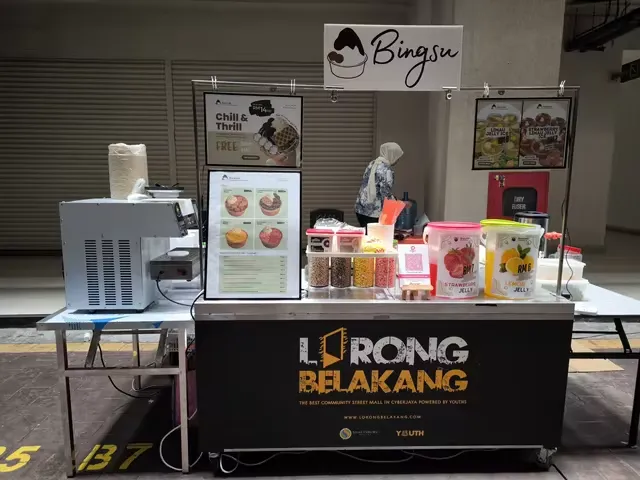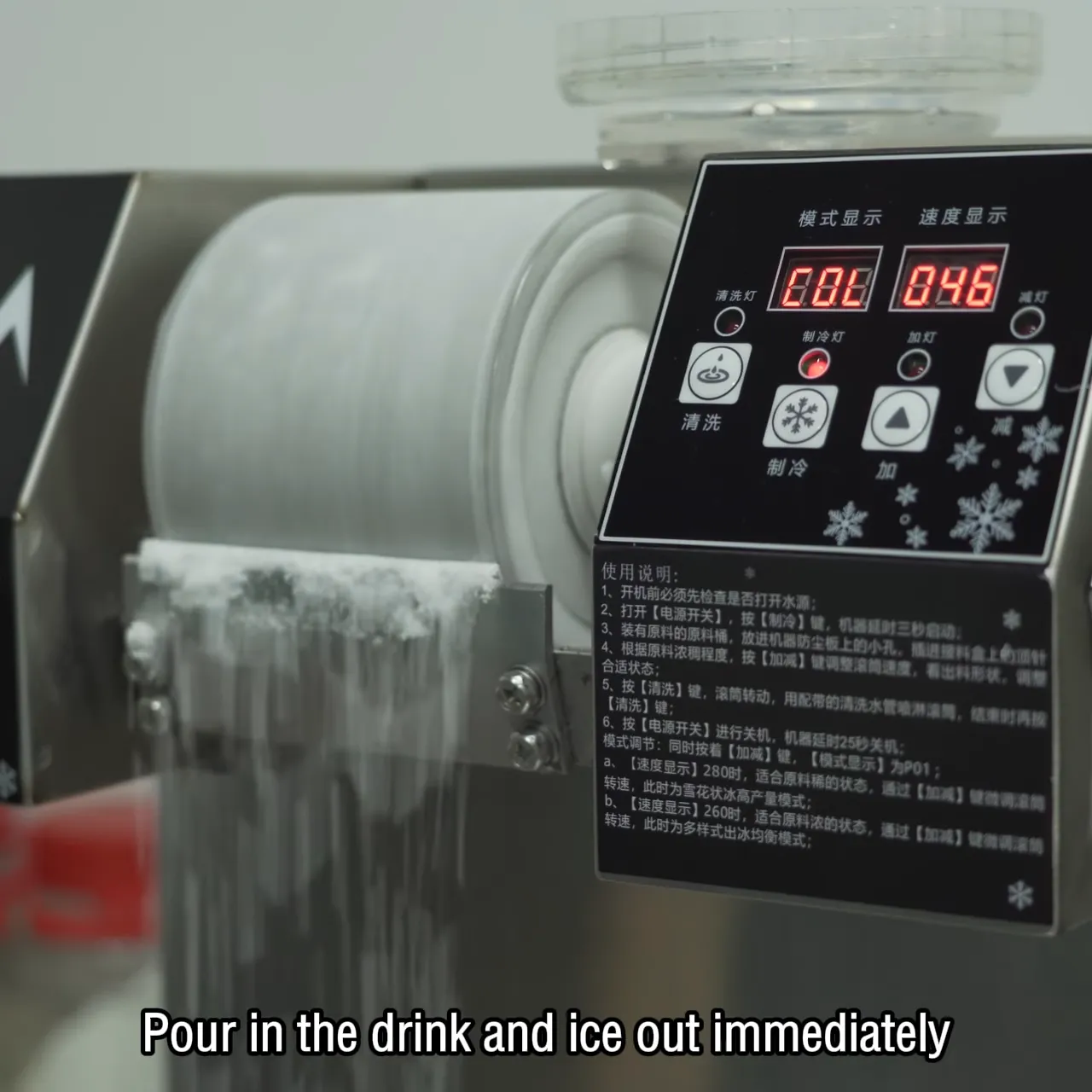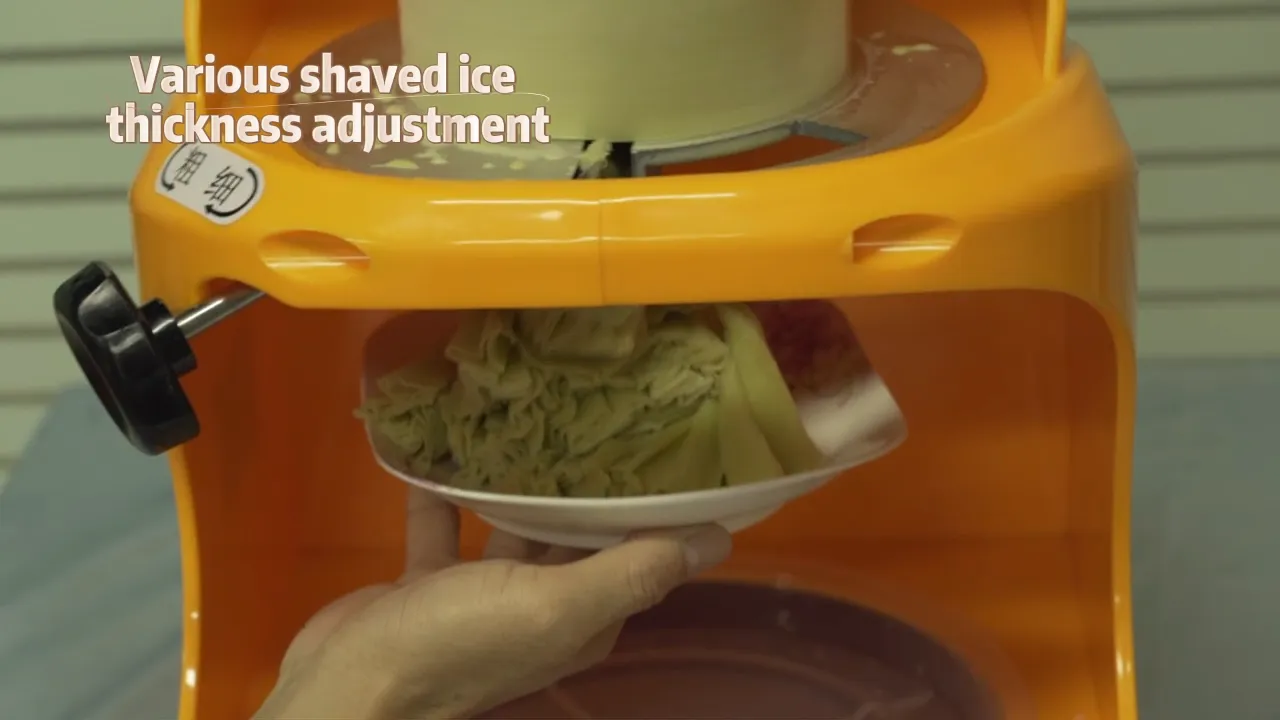That humming ice cream machine on a sweltering Bangkok street? It might just be the most profitable piece of equipment in the city.
Last week, I saw something telling outside a Jakarta convenience store: three ice cream machines from different brands lined up, but one had a small queue of young people. It wasn’t the cheapest option; it had a screen showing real-time temperature and capacity. That’s when it hit me: a quiet revolution is reshaping the Southeast Asian ice cream machine market.
01 Selling Coolness, Not Just Machines
I’ve seen too many international brands fail here. They arrive with equipment that was a hit in Europe, only to find it can’t survive a single monsoon season.
The business logic is fundamentally different. In Germany, customers ask about energy efficiency ratings. In Thailand, they ask if the machine can run for 12 hours straight in 40-degree heat.
This is where Chinese manufacturers have gained a foothold—they’re willing to redesign products for local conditions. Think reinforced compressors for extreme heat and anti-rust coatings for punishing humidity. These tweaks might not sound glamorous, but they can extend a machine’s lifespan by over 30%.
A Vietnamese distributor put it bluntly: “We don’t need the most advanced machine. We need the machine that breaks down the least.”
02 The “Capillary” Distribution Strategy
Success in Southeast Asia isn’t about landing big chain contracts; it’s about penetrating the countless street-side stalls.
I was impressed by an innovative model in Indonesia: a network of provincial warehouses paired with community micro-warehouses. Large units are stored regionally, but common parts and smaller machines are stocked locally. If a machine fails, a technician can arrive with parts within 30 minutes.
This model shifts from “fix it when it breaks” to “prevent it from breaking,” boosting customer satisfaction while lowering maintenance costs.
Even smarter is the local adaptation of financing and leasing models. A Thai distributor told me about their “monsoon season special”—offering flexible payment plans during slow business months to help small shop owners manage cash flow.
“We’re not selling equipment; we’re helping our customers run their businesses,” he said.
03 The Young Want More Than Ice Cream
Here’s an interesting observation: the expectations of young Southeast Asians have moved beyond basic freezing.
In a Bangkok mall, I watched teens gather around a premium machine that made Instagram-worthy bingsoo (shaved ice). It cost three times more than a standard model, but the owner told me the social media exposure and increased foot traffic shortened the payback period to just six months.
This is the new consumer logic: they’re buying an experience, content, social currency.
Savvy manufacturers are now integrating screens and cameras, making the ice cream-making process a spectacle. A Malaysian entrepreneur told me, “If your machine can’t help a client attract young people, it will be obsolete soon.”
04 The Opportunity Hidden in Regulations
Many see varying certification requirements across ASEAN as a barrier. I see a chance to build a competitive moat.
Take Thailand’s TFDA certification—it takes 4-6 months, scaring off many global players. But this “hassle” protects early entrants from intense competition.
A Chinese manufacturer told me they built a team dedicated to mastering ASEAN certifications; new products now get certified in all key markets within 60 days. “That’s our core competency now.”
More importantly, watch the changing environmental regulations. New energy standards in Thailand will force older products out, creating a reshuffling opportunity for prepared players.
What’s Your Next Move?
If you’re eyeing this market, here’s my advice:
Forget ‘global standards’; embrace ‘local wisdom’. Success here belongs to brands that listen to street vendors and understand their real needs.
Distribution trumps product. Even the best machine will lose trust without a reliable after-sales network in this harsh climate.
Agility beats scale. Small, flexible teams that can customize solutions for different countries and scenarios often outperform large multinationals.
The ice cream machine war in this hot, humid region is just beginning. The ultimate winners won’t be those with the most advanced technology, but those who truly understand the temperature of this land.
This article is based on the author’s field research across Southeast Asia. Insights and corrections from industry insiders are welcome.
Subscribe to my column for more emerging market business insights.
